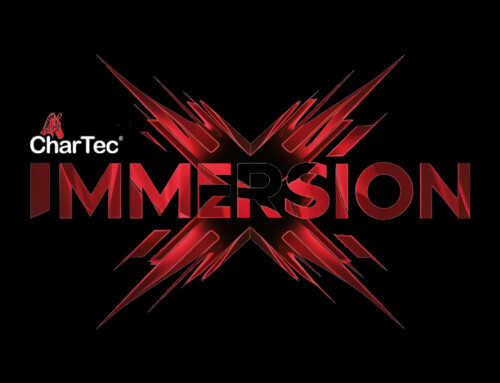Each day, I do a little research in the morning to see what is going on in the social world. Going through my rounds, I came across an article in the Harvard Business Review talking about “Social Care.” It was a great article that talked about how companies are utilizing social media and their front lines for customer service. One thing that differentiates them from their competition is that they answer and deal with problems and issues in real time. This got me thinking about customer expectations and how social media has caused a transition, or even a blur in the line of communications between companies and their clients.
More and more companies are looking for faster and faster service – from adding live chat features to expedited service and remote support. We are always looking for ways to better serve the client. However, at what point are we making it too convenient for our clients? According to the article, Twitter users expect a response within two hours. What does this say about your current SLAs? As we move into the ever-growing world of social media and instant gratification, what are we doing to ensure that we are able to consistently meet the needs and expectations of our clients? According to this article, Social Care is the answer. Social Care is broken up into four steps:
- The Map is essentially your roadmap on what to do, when, and why. This is essentially your social media strategy. Your social media strategy should outline “rules of engagement” on issues for social media. Now, this map is different than your office social media strategy. This is a detailed outline on what to do if you get negative engagement.
- The Team is who you are going to have responsible for the task of handling and deescalating situations. This person (or people) needs to have great writing abilities and have a wide understanding of the company, products, and services that you offer. They should be able to answer and reply with little to no assistance. Remember, the team or individual you choose is the front line of your company in the social world; you want to be sure they are representing the company and all of its best interests. You don’t want an intern or someone who doesn’t know your company backwards and forwards in this role.
- The Playbook is a resource that spells out if an issue is something that needs to be kept online for the public to see, or if it would be better to take it offline. When does it get to a point where the higher ups in the company need to get involved, give a phone call, or even drive across town to visit them in person? By having different scenarios set, you can be sure that you are still responding in a timely manner. For example, a very vocal and angry customer slams you on social media. Your roadmap says the process is to see who their account manager is and have them drive over to talk with the client to settle them down. You quickly deploy the account manager, who through the course of an in-person conversation determines that the client was simply having a misunderstanding. Crisis averted! Because you already know what you were doing, this saved lots of time and possibly even the client as well!
- The Metrics. By taking a look at the different types of requests, complaints, etc., you can get an idea of the larger picture. If your biggest complaint is hold or wait time, then maybe it’s time to hire a few more dispatchers, or whatever the case may be. Use social media as a way to track what customers are saying and welcome improvements to your processes that you may not have thought of.
Social media gives us another tool to not only engage our clients, but to listen to them with as well. By utilizing Social Care, we can be sure that we have a game plan when things go south with a client. What do you have to truly differentiate yourself from your competition? Is Social Care it for you?






Leave A Comment